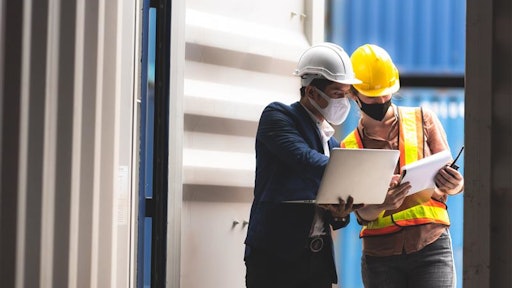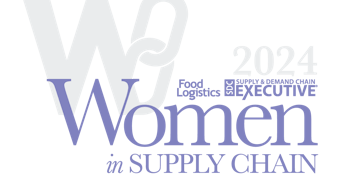
We’re seeing good news and bad news when it comes to keeping workers from harm. The good news is U.S. workplaces are getting safer overall. The bad news is the Bureau of Labor Statistics (BLS) still counted 2.8 million nonfatal injuries and illnesses in 2019. Plus, the total incident rate has remained flat since 2017.
The improvements have likely been spurred by companies doing more by enforcing stricter regulations, raising awareness or using technology to promote safe workplaces.
Avetta examined hundreds of thousands of safety data points and supplier performance reports in 20-plus industries over a 10-year period, including data from 87,000 Avetta suppliers’ and contractors’ history to learn more about how technology is helping safety measurements.
The massive review uncovered three things companies can start doing today that will make their workplaces safer—pre-qualify, monitor and audit.
Pre-qualify
The first step to improving safety involves setting up a detailed pre-qualification system that includes not only industry and federal regulations, but also specific standards for your company.
The BLS collects statistics for total recordable incidents rate (TRIR), days away, restricted or transferred (DART) and lost workday case rate (LWCR). U.S. companies reduced TRIR, DART and LWCR by about 20% in each category by implementing prequalification requirements for contractors.
Monitor
A company should monitor safety records, training and certification, compliance, capacity to complete work, financial health and even location of goods and services.
This type of vigorous tracking for every contractor or supplier is practically impossible with pen, paper or spreadsheets. A software-as-a-service (SaaS)-based tracking system makes it possible to record the information and safety documents so they can be constantly verified and tracked.
This system allows you to be flagged when a safety certification is going to expire for every employee or contractor. It also provides peace of mind that these workers are qualified and certified before they start any job.
The process also enables companies to constantly update information in case problems or risks come up later. Whether it’s a pandemic, natural disaster or any other disruption, tracking software helps companies understand their risks and what steps are needed to fill in the gaps.
Companies using pre-qualification and tracking technology find their safety statistics improve over time. Most companies see a 7-8% year-over-year improvement in safety for up to 10 years (the duration of the study). Some even see better results.
Audits
Supplier audits can double safety improvements for companies that already prequalify. U.S. companies reduced TRIR by 26% by just using prequalification requirements. Companies that implement supplier audits saw the following—TRIR decreased by 46%. DART and LWCR measurements declined by 20% to 46% and 19% to 52%, respectively.
Supplier quality audits verify suppliers are adhering to both industry regulations as well as your own company’s standards. Consistent auditing creates a culture of health and safety. Although audits can be time-consuming, it can make a substantial difference for your company, employees and contractors.
A typical audit measures the following:
· Sets goals
· Evaluates supplier policy, procedures and training documents
· Tracks performance in the field
· Provides findings and recommendations for suppliers
· Trains suppliers on how to close gaps
Research in other countries show the safety improvements are universal. Avetta found similar results in the European Union, Asia Pacific, Canada, Australia, Mexico and Latin America. Tracking software enables companies to keep close tabs on contractors and vendors no matter how far away they are located.
Final words
The beginning of the New Year is a good time for companies to implement these three steps to significantly protect your employees and contractors. These methods will give you a deeper understanding of your vendors and suppliers and provide proof your employees and contractors are well trained. Contractors will know your standards and work to achieve them. Finally, these measures will help you identify essential activities to make sure your business can continue to operate in nearly any circumstance.

![Top Tech Logo Vertical [color]](https://img.foodlogistics.com/files/base/acbm/scn/image/2024/11/top_tech_logo_Vertical__color_.672d2a7c2733d.png?auto=format%2Ccompress&bg=fff&fill-color=fff&fit=fill&h=191&pad=5&q=70&w=340)
























